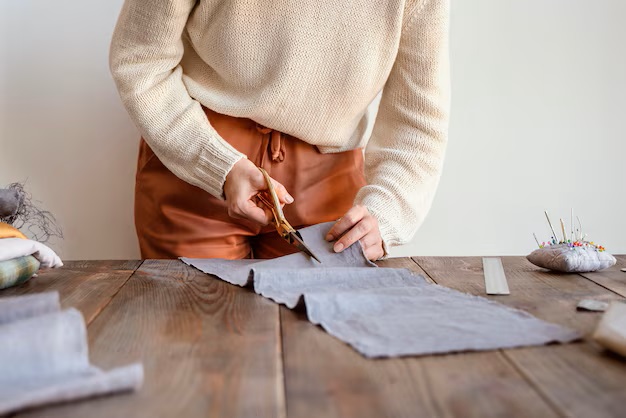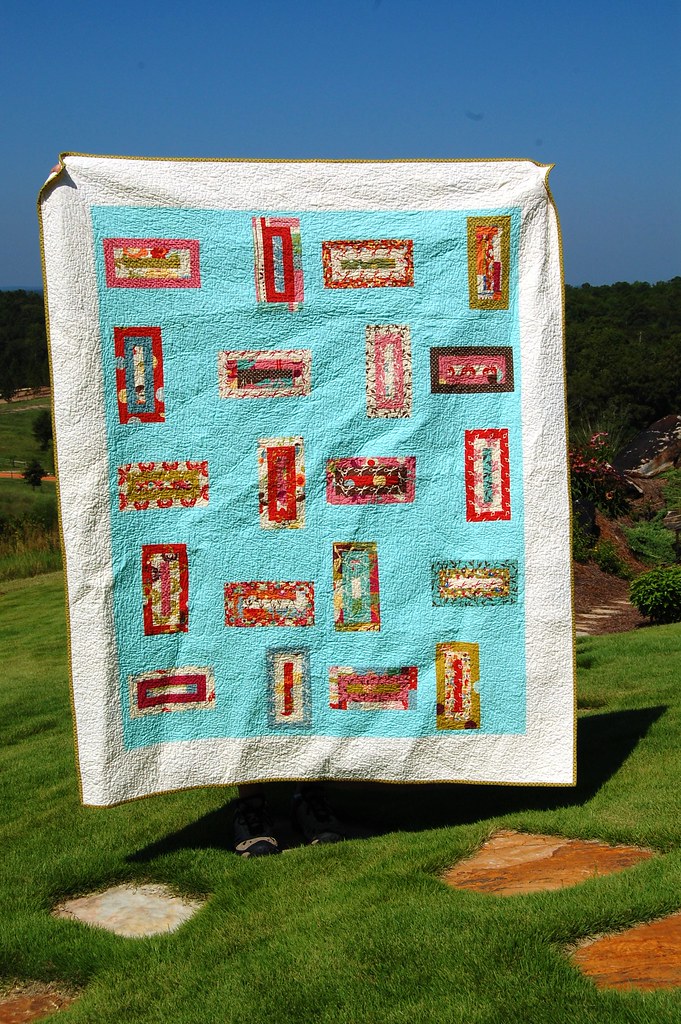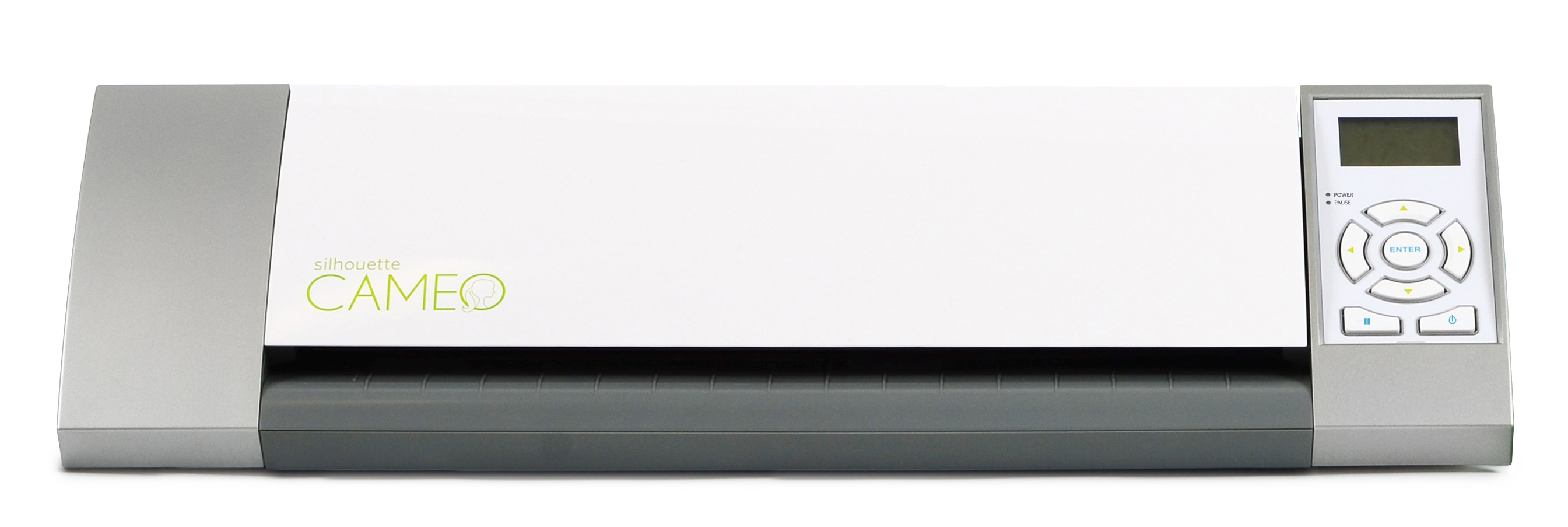Creative Ideas for Lining Your Sienna Maker Jacket
Adding a personal touch to your outer garments can transform not only the look but also the feel of the attire. Whether you aim to stand out in a crowd or simply want to express your individuality, there are numerous ways to enhance the inner section of your coat. Embracing originality allows you to create a piece that resonates with your personal style.
Many individuals overlook the potential of this often-hidden space, yet it presents a unique opportunity to showcase creativity. From playful patterns to luxurious fabrics, the options are truly endless. Choosing the right materials and designs can elevate an otherwise standard piece into one that reflects your personality and flair.
Venturing into this realm of customization might seem daunting, but the process can be both enjoyable and fulfilling. The satisfaction derived from personalizing clothing is unparalleled, empowering you to wear something that feels distinctly yours. Dive into the art of enhancement and discover the endless possibilities that await within the inner lining of your apparel.
Unique Fabrics for Your Sienna Jacket
Exploring a variety of materials can elevate the overall aesthetic and functionality of your outerwear. The selection of distinctive textiles not only enhances visual appeal but also embraces individuality and personal style. Here are some exceptional fabric options to consider.
Luxury Options
- Silk Satin: Offers a smooth, glossy finish and comfortable wear, ideal for a touch of elegance.
- Cashmere Blend: Known for its softness and warmth, providing a luxe feel while maintaining insulation.
- Brocade: A richly decorative fabric, perfect for a statement piece with intricate patterns.
Eco-Friendly Choices
- Cotton Twill: Durable and breathable, this natural fiber is an excellent choice for those seeking sustainability.
- Linen: Lightweight and highly absorbent, perfect for warm-weather wear.
- Recycled Polyester: An innovative option that utilizes post-consumer plastic, combining fashion with environmental consciousness.
Incorporating these unique textiles allows for personalization while ensuring comfort and style. Consider mixing textures and patterns to create a one-of-a-kind garment that truly reflects your personality.
Incorporating Patterns and Textures
Enhancing the inner realm of outerwear with unique designs and tactile elements can significantly elevate the overall aesthetic. By thoughtfully selecting various motifs and materials, one can create a harmonious contrast with the exterior while adding depth and personality.
- Geometric Prints: Bold shapes can bring a modern touch. Square or diamond patterns can add a structured feel.
- Floral Designs: Soft, organic motifs create a lovely contrast to the ruggedness of traditional outerwear.
- Abstract Artwork: For an avant-garde approach, consider using abstract patterns that evoke a sense of artistry.
- Textured Fabrics: Incorporating materials like corduroy or velvet introduces a luxurious feel, perfect for a statement lining.
- Plaids and Tartans: Classic checks can provide an earthy, timeless essence while remaining stylish.
Combining these elements can transform a simple lining into a striking feature that invites curiosity and admiration. Choosing the right mix not only showcases personal tastes but also offers a chance to experiment with different styles and moods.
- Start with a base fabric that complements the outer layer.
- Add a printed panel for visual interest.
- Consider layering textures for a multidimensional effect.
- Play with color schemes that align with individual preferences.
Embracing various patterns and textures allows for an opportunity to express individuality while enhancing functionality and warmth, ensuring every detail is thoughtfully curated.
Upcycling Old Garments for Lining
Transforming pre-loved apparel into a luxurious interior for outerwear can breathe new life into forgotten pieces. This process not only promotes sustainability but also allows for the creation of a unique and personalized touch, enhancing the overall aesthetic of any outfit. By repurposing materials, one can contribute positively to the environment while enjoying the intricate beauty of fabrics collected over time.
Benefits of Using Old Fabrics
- Environmental sustainability by reducing textile waste.
- Cost-effective option for those looking to refresh their wardrobe.
- Opportunity to showcase sentimental or vintage textiles.
- Unique textures and colors that add character to new pieces.
Steps to Implement Upcycling
- Gather old clothing items that are no longer worn but are made of desirable materials.
- Choose the fabric that complements the exterior design of your outerwear.
- Carefully dismantle the chosen garments, keeping in mind the preservation of fabric integrity.
- Measure and cut the fabric to fit the desired sections of the new outerwear.
- Stitch the repurposed fabric securely, ensuring durability and aesthetic appeal.
Choosing Eco-Friendly Materials
Selecting sustainable resources for garment applications is essential in promoting environmental responsibility. By prioritizing eco-conscious options, one can contribute to a greener future while enhancing personal style. This process involves exploring various textiles that minimize ecological impact and support ethical practices in the fashion industry.
Organic Fabrics
Opting for organic textiles, such as cotton, hemp, or linen, ensures that the materials are produced without harmful pesticides and chemicals. These fabrics not only offer comfort and durability but also help reduce the carbon footprint associated with conventional farming methods. Choosing organic options signifies a commitment to sustainable agriculture and healthier ecosystems.
Recycled Materials
Incorporating fabrics made from recycled resources, such as plastic bottles or repurposed garments, is a fantastic way to reduce waste. By utilizing these materials, one can significantly lower the demand for new fibers, which often require extensive resources and energy to produce. Embracing recycled options reflects a dedication to circular fashion and responsible consumption.
Custom Embroidery for a Personal Touch
Adding specialized stitching can elevate any outerwear, turning a basic garment into a unique expression of individuality. This technique allows one to showcase personal flair, integrating symbols, names, or meaningful imagery that resonates with the wearer. Such customization not only enhances the aesthetic appeal but also creates a special connection between the clothing and the individual.
Benefits of Personalized Stitching
- Distinctive Style: Stand out from the crowd with unique designs.
- Sentimental Value: Incorporate elements that hold personal significance.
- Quality Craftsmanship: Durable and aesthetically pleasing, adding value to your attire.
Choosing Your Design
- Select a Theme: Decide on a motif that reflects your personality.
- Pick Colors: Choose threads that complement or contrast with your garment.
- Consider Placement: Think about where the stitching will have the most visual impact.
Embracing this form of personalization can transform a simple piece into a treasured item, enhancing not only your wardrobe but also your sense of style.
Innovative Color Combinations to Try
Exploring bold hues and complementary shades can elevate any garment beyond the ordinary. By blending various tones, one can transform a basic piece into an eye-catching statement. Below are several striking pairings that will breathe new life into your ensemble.
Trendy Palettes
Certain palettes are making waves in the fashion world. Here are a couple of suggestions to consider:
| Base Color | Accent Color |
|---|---|
| Deep Navy | Coral Pink |
| Mustard Yellow | Teal |
| Burgundy | Dusty Rose |
| Olive Green | Soft Lavender |
Nature-Inspired Themes
Drawing inspiration from the natural world provides endless opportunities for harmonious combinations. Here are a few earthy mixes to contemplate:
| Earth Tone | Complementary Shade |
|---|---|
| Terracotta | Sky Blue |
| Cream | Forest Green |
| Charcoal Gray | Rust Orange |
| Sandy Beige | Ocean Blue |
Q&A: Ideas for lining the sienna maker jacket
What are some unique fabric options for lining my Sienna Maker Jacket?
When choosing a fabric for the lining of your Sienna Maker Jacket, you can get creative! Some popular options include silky satin for a touch of luxury, lightweight cotton for breathability, or quilted fabrics for extra warmth. Additionally, consider using fun prints or colors that contrast with the outer fabric. This not only makes the jacket more personal but also adds a surprise element when you open it! Don’t forget to check for fabric that matches the weight and drape of your jacket fabric for the best finish.
Can I use leftover fabric scraps to line my Sienna Maker Jacket?
Absolutely! Using leftover fabric scraps to line your Sienna Maker Jacket is a fantastic way to minimize waste while adding a custom touch. You can patch together various fabric pieces to create a unique lining that showcases your sewing creativity. For a harmonious look, try to choose fabrics that share a similar color palette or theme. You can even quilt different pieces together for added texture and warmth. This approach not only saves money but also makes your jacket truly one-of-a-kind!
How can I add pockets to the lining of my Sienna Maker Jacket?
Adding pockets to the lining of your Sienna Maker Jacket is a practical and stylish upgrade. To do this, cut pocket shapes from your lining fabric before sewing them together. Make sure to position them at a comfortable height and secure them with a basting stitch to prevent shifting. You can opt for simple patch pockets or more structured welt pockets, depending on your skill level. Just remember to reinforce the seams and finish the edges to ensure durability. This little addition not only enhances functionality but also adds an extra element of design!
What are some tips for achieving a professional finish when lining my jacket?
To achieve a professional finish when lining your Sienna Maker Jacket, attention to detail is key! First, pre-wash and press your lining fabric to eliminate any shrinkage or wrinkles. When attaching the lining, use a slip stitch for a clean finish on the lining hem. Make sure to trim any excess fabric carefully to avoid bulk at the seams. Additionally, grading the seams can help maintain a smooth outline. Lastly, press the lining after it’s sewn in to ensure it lays flat and looks sharp. These small touches can elevate the overall appearance of your jacket!
Can I customize the interior design of my Sienna Maker Jacket lining with prints or embellishments?
Yes, customizing the interior design of your Sienna Maker Jacket lining is a great way to express your personal style! You can choose printed fabrics that reflect your personality or use embroidery or patches to add unique embellishments. Another option is to use fabric paint to create designs directly on a plain lining fabric. Just ensure that any added decorations don’t interfere with the jacket’s functionality. Overall, customizing the lining transforms your jacket into a statement piece that showcases your creativity and flair!
What are some unique fabric options I can use to line my Sienna Maker Jacket?
There are a variety of unique fabric options you can consider for lining your Sienna Maker Jacket. Some popular choices include lightweight cottons for breathability, silk or satin for a luxurious feel, and fun prints such as florals or geometric patterns to add character. If you’re looking for something warmer, consider using a flannel or fleece for the lining. Additionally, you could explore recycled materials or past fabric remnants to create a unique and eco-friendly lining. The key is to choose a fabric that not only complements the outer fabric of your jacket but also suits your personal style and the intended use of the jacket.
How do I adjust the collar and facings on the Sienna Maker Jacket by Closet Core?
When adjusting the collar and facings on the Sienna Maker Jacket by Closet Core Patterns, make sure the pattern piece for the collar matches up with the notched collar markings. Interface both the collar and facings to ensure they hold their shape, especially if you’re using denim or a heavier fabric.
What is the best fabric for the Sienna Maker Jacket in view C?
View C of the Sienna Maker Jacket is a short jacket, and it works well with fabrics like denim, canvas, or even quilted lining for a warm, casual jacket. These fabrics provide structure and durability, perfect for a chore jacket inspired by French workwear.
How do I sew the vent in the long version of the Sienna Maker Jacket?
To sew the vent in the long version of the Sienna Maker Jacket, follow the pattern piece instructions closely. Make sure to interface the vent area for added stability, especially if you’re working with heavier fabrics like denim. The vent gives extra movement to the jacket and adds a professional finish.
Is the Sienna Maker Jacket a good project for someone with moderate sewing experience?
Yes, the Sienna Maker Jacket is a fairly straight forward jacket to make, making it a good project for someone with moderate sewing experience. The pattern includes accessible steps, and you can create a relatively quick sew without too many complicated techniques, particularly in views A and B.
How can I finish the seams on the Sienna Maker Jacket using bias binding?
To finish the seams using bias binding, you can opt for a French or Hong Kong seam finish, which works particularly well for heavier fabrics like denim. This will create a clean, professional inside finish on your jacket, adding durability to your garment.
What are some key features of the jacket pattern for the Sienna Maker Jacket?
The jacket pattern for the Sienna Maker Jacket includes several features like a button placket, oversized pockets, and a breast pocket. The pattern also offers options for bias binding finishes and the choice between a chore jacket or a more casual jacket, depending on the fabric you choose.
How do I begin sewing the Sienna Maker Jacket by Closet Case Patterns?
To begin sewing the Sienna Maker Jacket, first make sure to gather all your supplies and review the sewing pattern closely. Heather Lou recommends planning the Sienna Maker Jacket with fabrics like canvas or denim for structure. This jacket is accessible for those who want to sew without too many steps, especially if you’re making View B.
What size range is available for the Sienna Maker Jacket?
The Sienna Maker Jacket by Closet Case Patterns comes in a broad size range to accommodate different body types. Make sure to check the size chart on the Closet Core website to find the right size for you before cutting your pattern pieces.
Can I tailor the Sienna Maker Jacket for a more fitted look?
While the Sienna Maker Jacket is designed as a loose-fitting jacket, it can be tailored for a more fitted silhouette by adjusting the side seams or adding darts. You can also add topstitched details for a more structured, stylish jacket.
What are the key features of View B of the Sienna Maker Jacket?
View B of the Sienna Maker Jacket features a classic utility jacket style with large front pockets and a sleeve pocket, making it a functional yet stylish piece. It’s roomy enough to wear over layers, perfect for a casual, everyday look.
What makes the Sienna Maker Jacket an accessible project?
The Sienna Maker Jacket is considered an accessible project because it is a relatively quick sew without too many steps. Even sewists who don’t have any sewing experience with jackets can follow the straightforward instructions provided in the PDF pattern.
How can I add a back vent to the Sienna Maker Jacket?
To add a back vent, make sure to mark the vent placement on the wrong side of the fabric. Follow the pattern instructions carefully, and consider interfacing the vent area for added durability. A back vent provides extra movement and a polished look for the jacket.
How can I finish the seams on the Sienna Maker Jacket?
If you’re looking for a professional finish, you can sew the seams to be finished with bias binding or serging. For a cleaner look, use the fold line as a guide to sew the facing and enclose the raw edges neatly. This ensures a polished interior for your jacket.
How can I decide which jacket sewing pattern to use for my next project?
If you’re looking to create a new coat or jacket, consider the type of garment you need in your wardrobe. A bomber jacket, jean jacket, or quilted jacket can be great casual options. If you’re going for a tailored look, the Jasika Blazer is an excellent choice, especially if you wanted to create a relatively polished look. For something a bit more utilitarian, a canvas jacket is sturdy and durable. View C of some jacket patterns, like the Sienna Maker Jacket, offers a short, cropped version that’s perfect as a coat to wear with jeans. When deciding, consider the fabric and techniques—like sewing with two layers for warmth or topstitching for durability—and be sure you have a clear line to follow in the instructions. Makers and artists often experiment with patterns inside the studio, so feel free to mix and match elements to suit your style!



